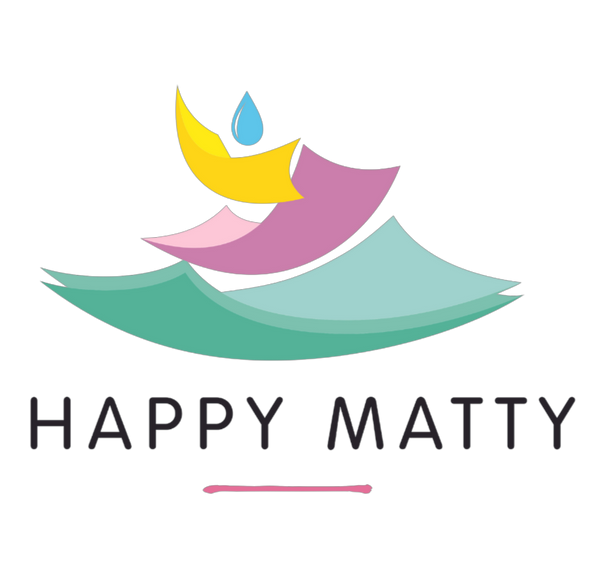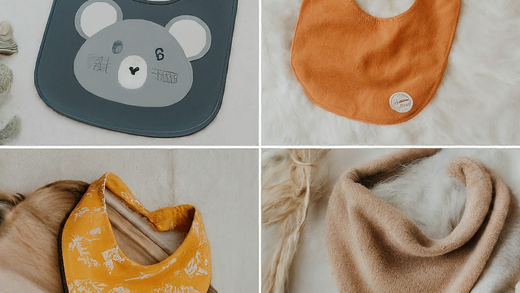Choosing the right baby bib can make a big difference in keeping your baby clean and comfortable. With so many types available, it can be challenging to decide which one is the best fit for your child. Here’s a comprehensive guide to help you compare different types of baby bibs and find the perfect one for your little one.
1. Traditional Cloth Bibs
Advantages
Traditional cloth bibs are made from soft, absorbent fabrics like cotton or terry cloth. They are gentle on your baby’s skin and can be easily washed and reused. These bibs are ideal for younger infants who are primarily breastfed or bottle-fed.
Disadvantages
Cloth bibs can get soaked quickly, especially during feeding times when spills are frequent. They may need to be changed often to keep your baby dry and comfortable. Additionally, they can stain easily and might require more frequent laundering.
2. Plastic-Backed Bibs
Advantages
Plastic-backed bibs have a layer of waterproof material on the back, preventing liquids from seeping through to your baby’s clothes. This makes them a good choice for messy eaters or during teething when drooling is common. They are easy to wipe clean, saving you time and effort.
Disadvantages
These bibs can be less comfortable for some babies due to the stiff plastic backing. They might not be as breathable as cloth bibs, which could cause some discomfort if worn for extended periods.
3. Silicone Bibs
Advantages
Silicone bibs are durable, waterproof, and easy to clean. They often come with a built-in pocket to catch food, minimizing the mess. These bibs are perfect for older babies and toddlers who are learning to feed themselves. They are also resistant to stains and can be cleaned with a simple wipe or rinse.
Disadvantages
Silicone bibs can be heavier and less flexible than cloth or plastic-backed bibs. Some babies might find them uncomfortable, especially when they are new to wearing bibs. Additionally, they can be more expensive than other types.
4. Bandana Bibs
Advantages
Bandana bibs are stylish and can double as a fashion accessory. They are typically made from absorbent materials and are great for catching drool, making them perfect for teething babies. They can also be worn throughout the day without looking out of place.
Disadvantages
Bandana bibs might not provide as much coverage as traditional bibs, making them less effective during meal times. They are more suited for drooling and less for eating.
5. Disposable Bibs
Advantages
Disposable bibs are convenient for travel or when you don’t have access to laundry facilities. They can be used once and then thrown away, which makes them hassle-free. They are also lightweight and compact, making them easy to carry in a diaper bag.
Disadvantages
These bibs are not environmentally friendly and can be more costly over time since they are single-use. They might also not be as absorbent or durable as reusable bibs.
Suggested reading: Burp Sheets vs. Bibs: Which is Better for Managing Baby Spills?
Conclusion
Choosing the right baby bib depends on your child’s needs and your lifestyle. Traditional cloth bibs are great for everyday use with young infants, while plastic-backed and silicone bibs offer more protection for older babies and toddlers. Bandana bibs are perfect for stylish drool-catching, and disposable bibs are ideal for travel.
Buy Super Soft Baby Bibs From Happy Matty Store to ensure your baby stays clean and comfortable no matter the occasion.



